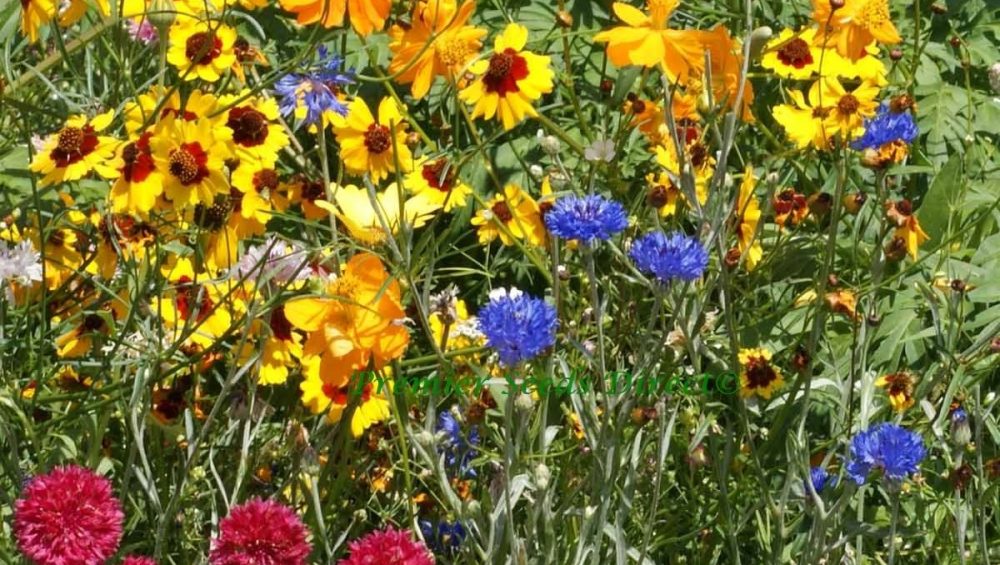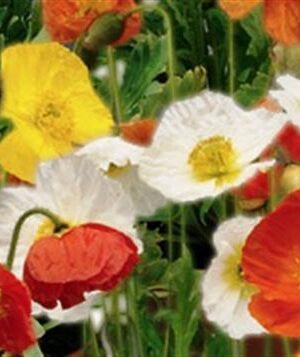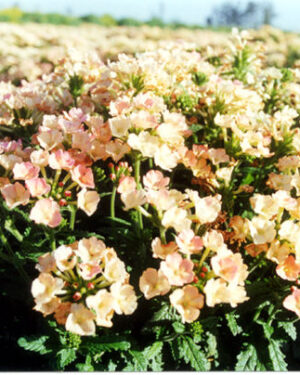Description
Flower Seeds Dry
Flower Seeds Dry is specifically designed to be sown in dry locations with little artificial watering. This colourful mix of native and new world annual flower varieties will deliver a blanket of colour spanning the summer months. It is both visually stunning and attractive to pollinating insects. These varieties will readily self seed for the following year. California Poppy, Blanket flower, Cosmos Bright lights, Gypsophila, Blue Flax (Linium), California Bluebell, Corn Poppy, Penstemon, Cornflower Dwarf Blue, Cornflower ‘ Polka dot, Snapdragon, Coneflower, Sweet Alyssum, Coreopsis
Cultivation advice
- Choose plants that are naturally adapted to drought or have low water requirements. Look for species like lavender, yarrow, blanket flower (Gaillardia), salvia, sedum, coneflowers (Echinacea), and Russian sage (Perovskia).
- Select a sunny location for your flower mix, as many drought-tolerant plants thrive in full sun.
- Prepare the soil by improving drainage and adding organic matter like compost to enhance soil structure. Consider raised beds or mounds for better drainage.
- Water newly sown seeds or transplants initially to help them establish roots. Once established, gradually reduce watering frequency to encourage deep root growth.
- Water deeply but infrequently to simulate natural rainfall patterns. This encourages plants to develop deeper, more drought-resistant root systems.
- Apply a layer of mulch around plants to conserve soil moisture, regulate soil temperature, and suppress weed growth. Organic mulches like bark chips or straw work well.
- Follow recommended spacing guidelines for the plants in your mix to ensure good airflow and prevent overcrowding.
- Consider the mature size and growth habits of the plants when arranging them in your garden to create an aesthetically pleasing display.
- Use a slow-release, low-nitrogen fertilizer sparingly during the growing season to avoid excessive vegetative growth that might require more water.
- Deadhead spent flowers regularly to encourage continuous blooming and prevent the plants from directing energy into seed production.
- Explore native plant species or those adapted to your specific region’s climate and soil conditions. They often require less maintenance and are more resilient in challenging environments.
- Group plants with similar water needs together to optimize watering and reduce water waste.
- Consider drought-tolerant ground covers or succulents that thrive in dry conditions to complement your flower mix.
- Monitor the performance of the plants and adjust care practices as needed. Some may require more water during extreme heat or drought conditions.
- Consider planting drought-tolerant flowers alongside other compatible plants to create visually appealing and functional garden beds. Mix in ornamental grasses or perennial herbs like lavender, thyme, or rosemary, which are both attractive and low-maintenance.
- Incorporate water-absorbing amendments like coco coir or water-absorbent crystals into the soil to improve moisture retention.
- Use terracotta or clay pots for container gardening, as they allow better aeration and moisture regulation for plants.
- Plan your planting to take advantage of cooler, wetter periods. Planting during the early fall or spring can give the plants time to establish root systems before hot, dry weather sets in.
- Reapply mulch regularly, especially before hot seasons, to maintain soil moisture and protect the plants’ root systems.
- Research and select specific cultivars within the flower mix that are known for exceptional drought tolerance. Some varieties might naturally require less water than others within the same mix.
- Consider implementing rain barrels or a rainwater harvesting system to collect and use rainwater for your garden. It’s an eco-friendly way to supplement watering during dry spells.
- Install drip irrigation systems or soaker hoses to water plants directly at the root zone, minimizing water loss through evaporation and ensuring efficient watering.
- Use organic mulches like shredded leaves, straw, or wood chips to cover the soil surface. This not only helps retain moisture but also adds organic matter to the soil as it breaks down.
- Learn about the specific needs and characteristics of each plant in your mix. Some may have unique requirements or preferences that, when met, enhance their resilience.
- Embrace sustainable gardening practices by focusing on conserving water, reducing waste, and encouraging biodiversity through plant diversity.









Reviews
There are no reviews yet.